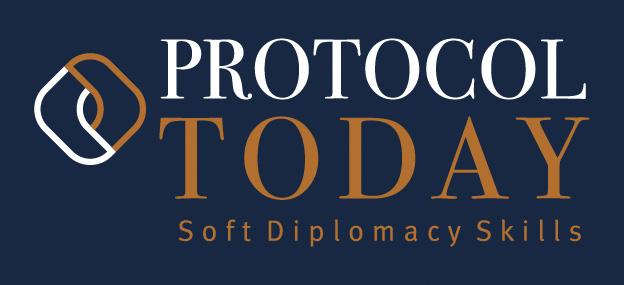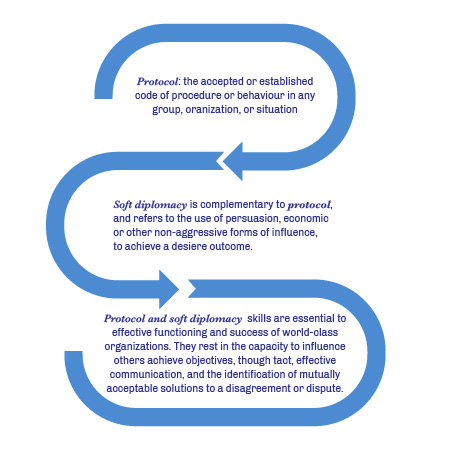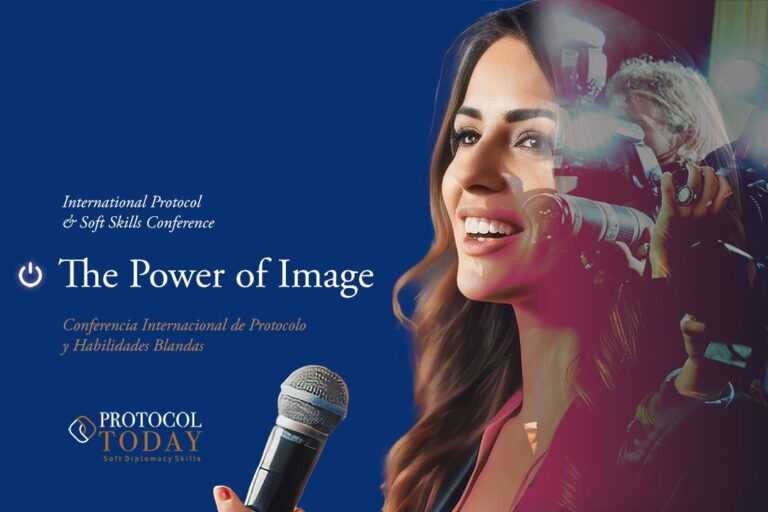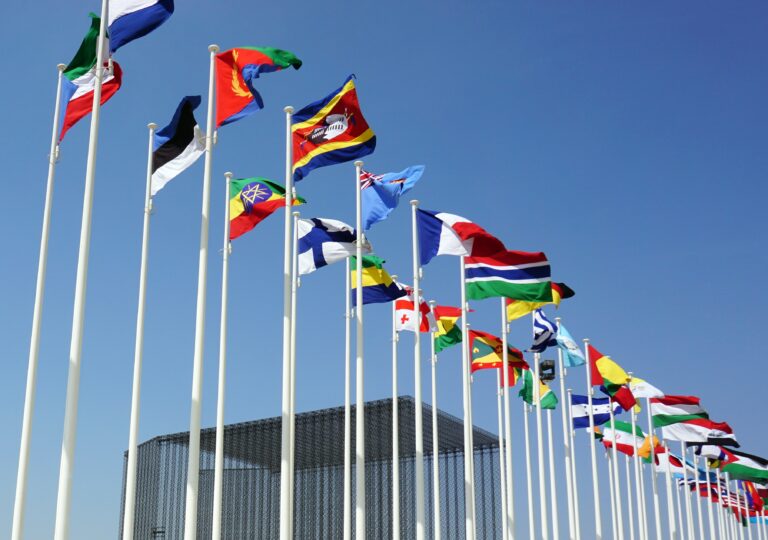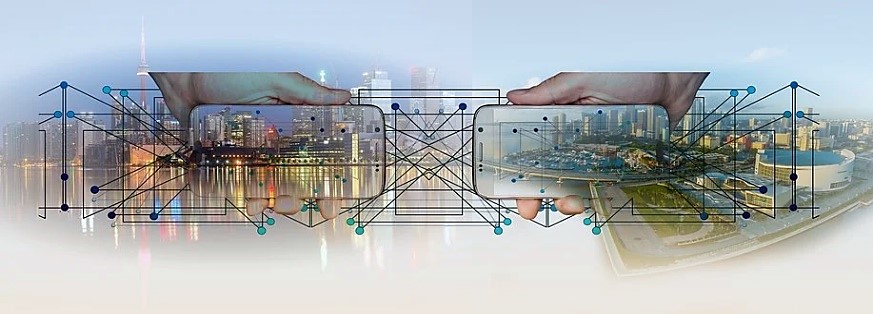Nowadays, overlooking NETiquette’s principles is practically equivalent to not knowing how to read or write since it is the way we are communicating in recent years. Doing it incorrectly can cause us some difficulties.
Although it may seem incredible, and despite the fact that this term took shape almost 30 years ago, many people still do not know it, and if they have heard of it, in many cases, they have not paid the necessary attention.
Thanks to the evolution of networks, spreading the many rules of this subject has not become as complicated as a literacy process would have been in past centuries; However, it is difficult to find people capable of recognising that they have much to learn about this branch, either due to lack of humility or because it is difficult to believe that it is necessary to handle behavioural principles for something as simple as writing and the use of the varied resources that technology provides today by means of electronic devices at our fingertips.
It must become an academic subject, but until that happens throughout the world, we are going step by step to deepen each of the aspects that involve the extensive knowledge of NETiquette under a global business approach. To begin this task, we will focus on the book “Netiquette” by Virginia Shea, known by many people who “The 10 Core Rules of Netiquette” was released for the first time 27 years ago, in 1994. So let’s get started!
Remember the human on the other side of the electronic communication. In online communication, it is very easy to forget that there is a human being who will receive our messages or someone behind the words we read. It’s easy to respond to a negative comment because it reads on a screen instead of looking into a person’s eyes. An implicit and misguided “freedom” often encourages acting or writing without prudently weighing the consequences.
As it is not a face-to-face task, we will not know with certainty the tone, emotion, intention, and expression of the person who transmits and receives a text or even the intensity of a message, which can lead to misinterpretations with serious and irreversible consequences. A misunderstanding creates a terrible impression of someone who does not even know – (On the Internet, “the first impression” is stronger than in the face-to-face world) – since the way of expressing themselves, the way they answer, the attention paid, diligence, and other aspects of behaviour, mark important guidelines in the perception of those who read us, even more so in the business world.
We have to understand that poor communication skills online and showing a negative or wrong image could break relationships, destroy a reputation, or create significant group conflicts.
It is not surprising that meetings have become information by email, video calls, or video conferences in today’s business world. The pre-warning or rebuke that must be given in person is now given through a chat message or online communication. In the same way, corporate chat groups are something very common, such as the need for a Human Resources record. Here, we must ask ourselves if the administrators of these groups can support and consolidate that group of people with the characteristics and skills of a Public Relations Officer, understanding that they are in the position, not just adding or removing participants but even blocking or censor certain posts. That role function requires greater responsibility since he is responsible for several people who cannot see each other. That due to a negative cerebral predisposition when communicating systems that do not provide the clarity of what is said and what is meant, they tend to misinterpret or react adversely to an endless list of ambiguous messages or instructions that lead to a series of dislikes and difficulties that are not always easy to fix.
On the other hand, let’s not forget that everyone has the right to privacy and free time, so considering the company chats as an extension of the office is a serious mistake. The hours and days off must be respected outside working hours. The administrators of business groups or bosses must behave themselves under rules of respect and the emblem of considering others in their private lives that they would expect of themselves.
It is necessary to emphasise that online contact does not allow implicit communication; therefore, it becomes ambiguous and can be easy to offend or be offended. There is a great risk from the negativity bias in our mind programs to interpret ambiguity as unfavourable. Our messages must be carefully thought out to be sent, and an open mind is required to read those received. Who has not lived the fear of the message´s ghost that does not come with the idea that it is an unpleasant message? And when the messages arrive, if they are ambiguous, our brain will wander towards the worst possible interpretation.
For this reason, it is important to work to assume a positive intention on the part of our issuer/sender and provide a positive interpretation when reading. If we are convinced that it has a negative background, we should ask an explicit question in the most respectful way possible to clear up doubts. Based on these considerations, we have an obligation to aim for minimal or no ambiguity in our messages, with a transparent and trustworthy attitude. Sarcasm can be great for many people, but chat is not the right channel.
A retaining wall is thinking if our written words could be manifested head-on/straightforward. It is very easy to write negative words or comments because we do not see or perceive the expression of displeasure, anger, frustration, or even pain, of the person who receives them. If the answer is no, we should review and rewrite until we are certain that we are not sending something we do not mean to be sent. When the messages involve emotions, it is better to wait for some time to stall and if it is unfailing, opt for the face-to-face message or the telephone. If there is an extreme circumstance, we must express something that we know. It will not make the receiver happy; let us try to ensure that our message fully transmits what is required to be expressed and thus, avoid misinterpretations, such as an admonition or a dismissal that cannot be given directly due to distance or connection problems.
Considering the human condition of our recipients, we do not send offensive or inappropriate messages, which can be saved and disclosed. Let’s remember that once we send, we lose control of how far it goes. Surely the aggravated person could feel the right to make the inappropriate message known if the circumstances require it, even escalating to legal measures such as defamatory evidence or other major offence. There is the case of Oliver North, a White House email system user, PROFS, who naively and diligently deleted incriminating notes that he sent or received but was unaware that, elsewhere in the White House, the systems´ managers stored said notes that were later used as evidence against him during the trial in which he was convicted.
To end, there is the reference of the commercial world, in which the chat has become the customer´s favourite channel because it provides instant responses and, when it is a live chat, a “human” side is shown as part of the corporate branding. Furthermore, it has been proven that companies that offer adequate chat services attain a 6% growth.
On the opposite side, 47% of consumers complain about not having a positive chat experience, and it is not due to the answers that the person in charge of informing or attending can provide, but rather to how they write or express them. That can degrade or burden the customer experience by a large percentage. This bad experience can become even more intense if the chat service person in charge does not know NETiquette in terms of attention and service in networks. This experience could become disastrous for not having the ability to assume that we are dealing with a customer who expresses a need, in many cases, loaded with emotions that we cannot see but that must be prevented by responding with the necessary measures. Failure to do so and lack of knowledge can cause significant harm to business growth; however, this issue will be dealt with extensively in another section.
ProtocolToday Magazine
Share this article

Writer by Claudia STOHMANN R. de A. Communicator, speaker, writer, etiquette, and protocol expert.
27 October 2021, Bolivia
Category: Business Etiquette
Reference: CS271021BE

